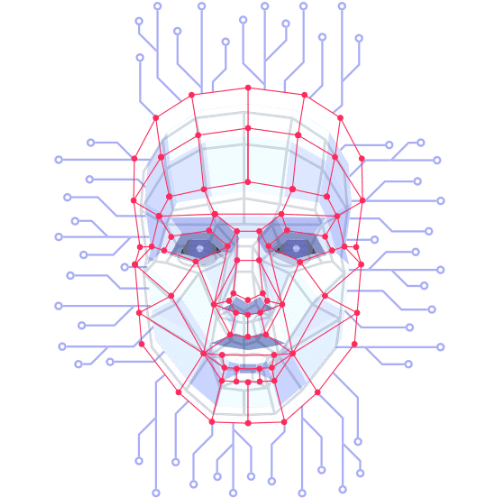
Introduction to AI Productivity
The advent of Artificial Intelligence (AI) has ushered in a new era of productivity, transforming the way we approach tasks across various industries. AI Productivity centers on using machine learning, natural language processing, and automation to boost human abilities, streamline operations, and enable more informed decision-making. AI tools, capable of analyzing vast datasets with a speed and precision that surpass human capability, can detect patterns, forecast outcomes, and deliver actionable insights. This enhancement not only hastens the completion of tasks but also allows human talent to concentrate on creative and strategic pursuits that machines are unable to emulate. As organizations implement AI-driven solutions, they stand on the brink of a revolution that holds the promise of not just heightened efficiency and cost reductions but also opportunities for innovation and value creation like never before. The integration of AI into the realm of productivity is a transformative event, signaling the onset of an exhilarating path to a smarter and more effective future. How is the integration of Artificial Intelligence into various industries transforming productivity, and what implications does this have for human roles and the future of innovation? The integration of Artificial Intelligence (AI) into various industries is drastically transforming productivity and reshaping the roles humans play in the workforce. This evolution has broad implications for the future of innovation and the structure of employment. Here are some ideas exploring this transformation and its implications: 1. Automation of Routine Tasks – AI-driven automation is increasingly handling repetitive and routine tasks, freeing human workers to focus on more complex and creative work. This shift is improving productivity by reducing the time and cost associated with such tasks. 2. Enhanced Decision Making – AI algorithms can analyze vast amounts of data more quickly and accurately than humans. Industries such as finance, healthcare, and logistics are leveraging AI for better decision-making, leading to increased efficiency and productivity. 3. Predictive Maintenance – In manufacturing and other equipment-intensive industries, AI is used for predictive maintenance. This reduces downtime, extends the life of machinery, and improves overall operational efficiency. 4. Personalization at Scale – AI enables businesses to offer personalized products, services, and experiences to customers at scale, which was previously impossible. This boosts productivity by increasing customer satisfaction and loyalty. 5. Innovation in Product Development – AI accelerates the R&D process by simulating and testing scenarios quickly. This capability is transforming industries like pharmaceuticals, automotive, and aerospace, leading to faster innovation cycles. 6. Optimization of Supply Chains – AI is streamlining supply chain management by optimizing logistics, predicting market demands, and managing inventory. This leads to significant productivity gains and cost savings. 7. Shift in Human Roles – With AI taking over more of the operational tasks, human roles are shifting towards more strategic, creative, and supervisory functions. Education and job training are adapting to prepare the workforce for these changes. 8. Job Displacement and Creation – While AI may displace some jobs, particularly those involving routine tasks, it also creates new roles in AI development, maintenance, and oversight. The net impact on job numbers can vary by industry and region. 9. Ethical and Social Implications – As AI reshapes industries, questions about privacy, bias, and accountability arise. Addressing these concerns is crucial for ensuring that AI is used responsibly and benefits society as a whole. 10. Collaborative Human-AI Interaction – The future of innovation may increasingly lie in the collaboration between humans and AI, where each complements the other’s strengths. This synergy could lead to breakthroughs that were previously unattainable. 11. New Business Models – AI enables new business models such as ‘as-a-Service’ offerings, where products are supplemented with AI-powered services, creating continuous value and changing the way companies operate and deliver value to customers. 12. Global Competition – The adoption of AI has become a key factor in global competitiveness. Regions and companies that invest in AI effectively can gain significant advantages over their counterparts, shaping the global economic landscape. 13. AI Governance – As AI becomes more integrated into industries, there will be an increasing need for governance frameworks to ensure that AI systems are reliable, safe, and fair. This will likely lead to new regulatory roles and compliance mechanisms. 14. Life-long Learning and Re-skilling – The dynamic nature of AI’s impact on the job market will require workers to engage in life-long learning and re-skilling to remain relevant in their fields. 15. Cross-Disciplinary Innovation – AI’s versatility enables it to be used across different fields, leading to cross-disciplinary innovations, where insights from one industry can inform and transform practices in another. The integration of AI into various industries is a complex and multifaceted process with wide-ranging implications. It is crucial to approach these changes thoughtfully to maximize benefits, mitigate risks, and ensure that the future of work and innovation is inclusive and sustainable.Pattern Content
About Instructor

Login
Accessing this pattern requires a login. Please enter your credentials below!
